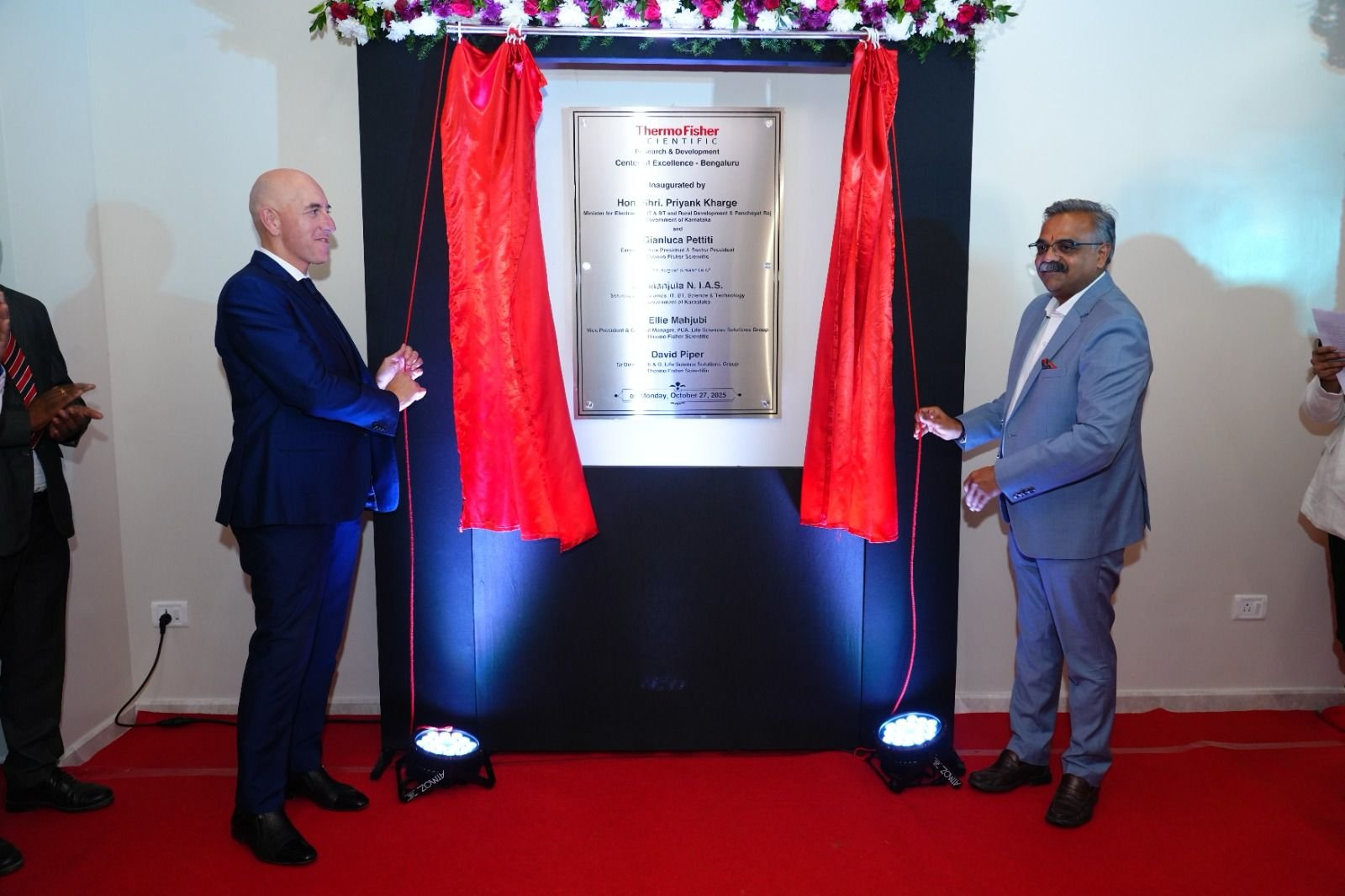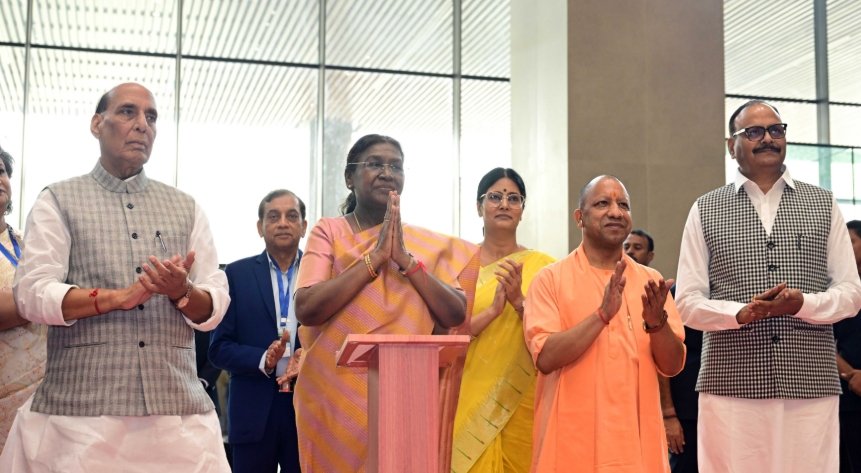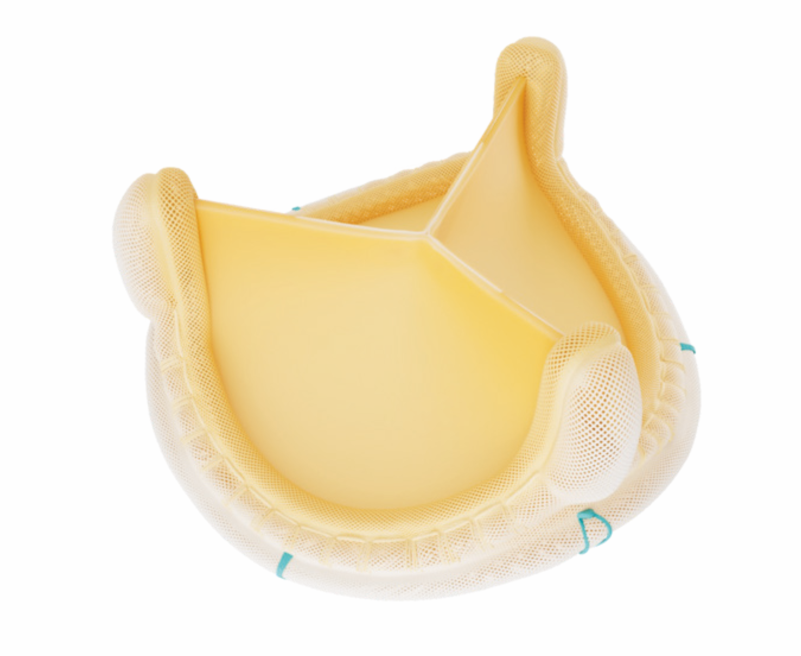“Absence of specific safety standards for printing inks used in pharma packaging is a critical issue”
October 31, 2025 | Friday | Views | By Sanjiv Das
Siegwerk, a German leader in printing inks and coatings for packaging applications and labels, with annual Indian revenue of over Rs 1000 crore, has recently announced an investment of Rs 350 crore over the next three years to expand its operations in India. Further, the firm is making a foray into the pharmaceutical market in India with mineral oil-free inks, designed specifically to reduce health risks associated with ink migration in medicine packaging. In an exclusive conversation with BioSpectrum, Jatin Takkar, Head, Product Safety & Regulatory, Siegwerk India, talks about how these inks are making pharma packaging safer, and about the company’s growth plans in this space.
What are your key investment strategies for the Indian market?
We have announced a strategic investment of Rs 350 crore over the next three years to expand its operations in India, placing the country at the centre of its global innovation and manufacturing strategy.
The investment will primarily be directed towards scaling up the Global Innovation and Capability Center (GICC) in India. The GICC will function as a unified platform driving end-to-end innovation, regulatory compliance, digital operations, and customer support. With enhanced R&D infrastructure, the facility aims to develop next-generation ink solutions with a strong focus on performance, safety, and sustainability.
Funds are also being channelled into manufacturing and supply chain enhancements, including the establishment of a National Distribution Centre in Tauru and the strengthening of 14 Colour Matching Centres (CMCs) across the country.
These upgrades will boost production capacity, reduce turnaround times, and improve inventory management, enabling faster, more efficient service delivery for customers.
The investment supports our expanding portfolio of solvent and water-based inks for all major packaging applications, known for their high colour strength, print efficiency, and recyclability. We have also upgraded our blending facility in Pune with advanced automation, reinforcing supply chain agility and responsiveness to rising demand.
This multi-city expansion reflects our long-term commitment to India’s industrial growth, aligning with national priorities in sustainable manufacturing, innovation, and talent development. The India GICC is set to become a global engine for responsible innovation, supporting the evolving needs of the packaging industry worldwide.
What will be your plans for the India market five years down the line? Any new capacity expansion plans or initiatives on the latest technologies?
We anticipate our current growth trajectory will continue for the next 5 to 10 years, with a goal of doubling our market within the next five to seven years. To support this expansion, we are making a significant capital expenditure to build a second, larger manufacturing plant in the west of the country. In addition to this new facility, it will continue to invest in new colour-matching and blending centres. We are also actively seeking acquisitions in India.
We have made the pharmaceutical sector a priority for technological investment. We are directly engaging with pharmaceutical companies through a dedicated brand-owner collaboration group to educate them on critical issues like the presence of mineral oils and benzophenone. This direct partnership approach aims to raise awareness and promote the adoption of safer packaging solutions across the industry.
Your outlook for the pharmaceutical segment, including revenue targets and projected market share.
Our outlook for the pharmaceutical segment is highly optimistic. We view the pharmaceutical segment as a critical and strategic part of our business for several key reasons. While the quantity of ink consumed is small compared to other segments, the pharma business is an absolute niche segment which needs a high degree of technological expertise. Due to the high barrier to entry and risk of failure, it also offers much better margins. However, our focus on the pharmaceutical segment is not just about market share, but about strengthening our position as a leader in safe, high-performance inks and coatings. We are committed to continued investment in this area to drive innovation and ensure that we are at the forefront of packaging safety.
What are the critical issues plaguing the pharma packaging industry in India?
A critical issue is the absence of specific safety standards and regulations for printing inks used in pharmaceutical packaging, unlike those for food packaging, where there is a standard like IS 15495 that guides the industries on ink safety aspects. This gap in regulation can lead to the migration of harmful substances from the packaging into products such as Toluene, Mineral oil, Benzophenone and others. Additionally, some smaller printers may not be fully aware of the technological challenges and might use substances like dye-based inks, which are globally considered a no-no for pharma. This highlights a need for greater awareness and education within the industry.
How do you see the Indian pharma packaging market growing over the years?
While there are no specific numbers for the growth of the pharma packaging market itself, there is an indication that the packaging industry as a whole in India is expected to grow. The industry typically grows at 1.2 to 1.5 times the country’s GDP. With India’s GDP growing at 6-6.5 per cent, the packaging industry is projected to grow by 8-10 per cent annually.
Since industrial ink is harmful to health, what kind of safety, compliance, and regulatory measures does Siegwerk follow in pharma packaging?
Siegwerk’s approach to packaging safety in India, particularly for the pharmaceutical industry, is defined by its proactive measures and self-imposed standards, which exceed the current regulatory requirements. Siegwerk proactively addresses the lack of specific regulations in India by engaging directly with brand owners to educate them on safety issues. The company voluntarily adheres to the EuPIA Exclusion Policy, which prohibits the use of chemicals classified as carcinogenic, mutagenic, or toxic to reproduction (Cat1), and recommends inks that comply with the Swiss Ordinance, widely regarded as the most stringent globally.
Siegwerk is a leader in developing safe inks for the Indian market, demonstrating a strong commitment to consumer safety. The company was the first ink manufacturer in India to achieve 100 per cent toluene-free operations, and it has maintained a toluene-free manufacturing environment to prevent cross-contamination. Additionally, Siegwerk has taken proactive steps to address specific health concerns, such as introducing nitrocellulose-free inks to combat nitrosamine contamination in pharmaceutical packaging. For its sheet-fed offset inks in India, the company has replaced mineral oil with vegetable oil and phased out dye-based inks decades ago, further emphasising its dedication to safe products.
How cost effective are these inks that are being used in the packaging sector?
The cost-effectiveness of inks is a function of various parameters, with the final applied cost being the most crucial factor. While Siegwerk is committed to offering safe inks at competitive prices, it places a strong emphasis on providing comprehensive customer support to ensure a smooth transition between different ink systems. This dedication helps customers manage the overall cost and complexity associated with adopting new, safer technologies.
Sanjiv Das
sanjiv.das@mmactiv.com









